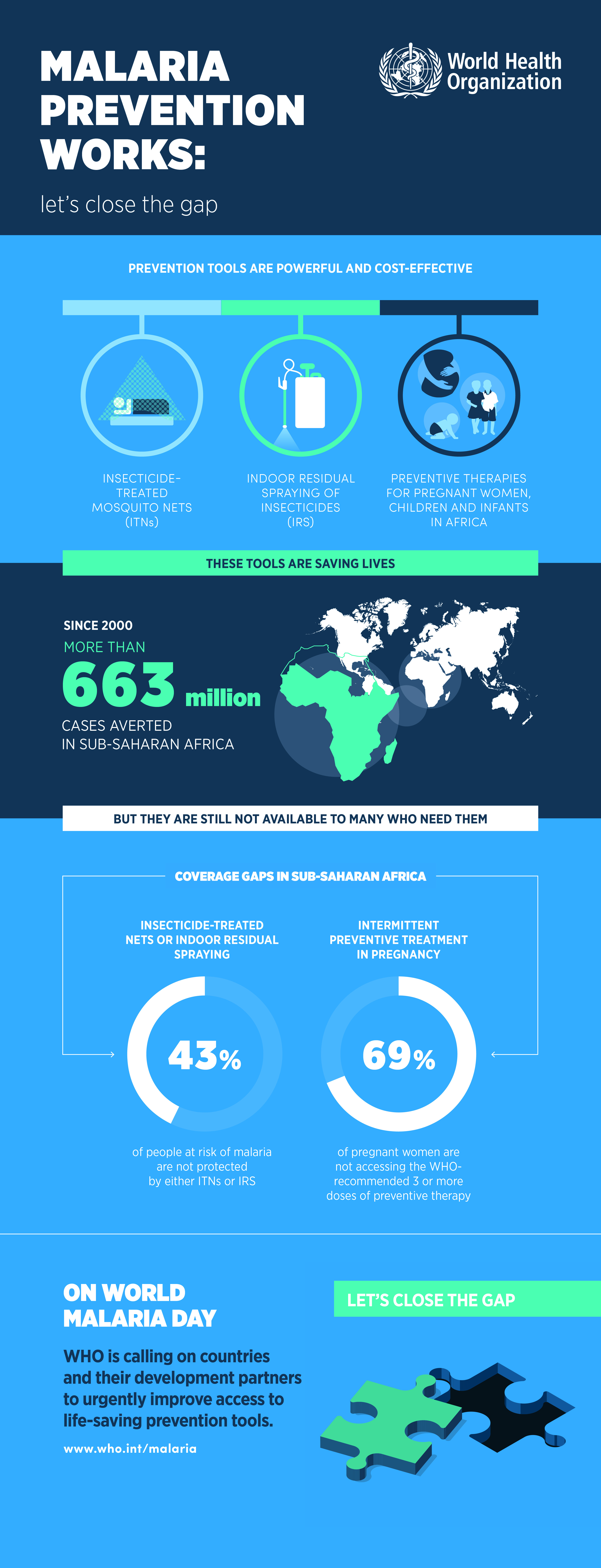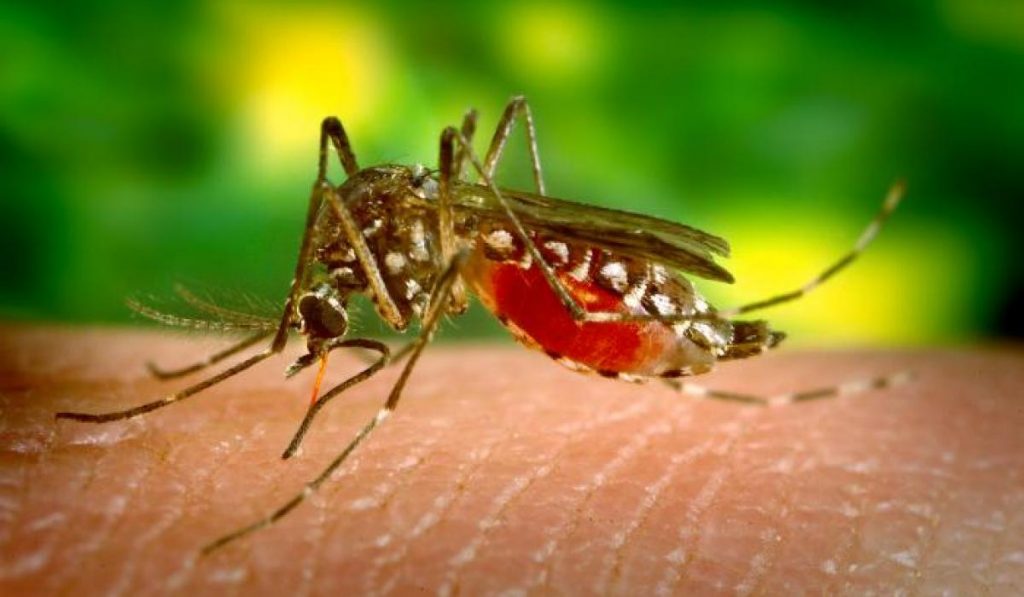Malaria
Budding scientists, techies, engineers and mathematicians from schools across the UK inspire new ideas to tackle malaria
Science-led healthcare company GSK challenged school children across the UK to come up with their own solutions to the problem posed by malaria and by doing so, they hope to ignite a real creative spark and enthusiasm for STEM subjects in school.
The future of scientific research and development in the UK looks to be bright, as the children took to up the challenge with gusto, and one idea in particular being recognised for its potential. Excellent in its simplicity, as many solutions often are, and the question from one extraordinary group of school children was if holy basil was used with other natural products commonly found in areas most affected by malaria, it could be used to make a new mosquito repellent, that could have the potential to keep mosquitos at bay for up to eight hours!
In our video, some of our future scientists and engineers showcase their skills at the Science Museum at the ‘Mission Control: Fight Malaria’ event…
5 Tips on Camping Safety for Parents
Camping is one of the top summer activities, particularly if you live near a national forest. The fresh air, escape from city noise, and beauty of nature make camping one of the best family-friendly trips one can take in the summer. However, camping often comes with its own set of risks, especially for children. There are a few ways you can make your family camping trip as fun and safe as possible. Here are a few tips:
Be Diligent with Mosquito Repellent
For the most part, mosquitos are only annoying pests that make you itchy. They don’t often pose a major health risk to you or your kids. However, they can carry diseases such as West Nile Virus, malaria, and yellow fever. Although diseases from mosquitos are somewhat rare in North America, it certainly is better to be safe than sorry.
People often also scratch open mosquito bites, which leaves behind an open wound. Kids tend to be very nonchalant about picking and scratching at bug bites, which makes them susceptible to infection. The best way to prevent disease and infection is to prevent mosquito bites altogether.
Life Jackets are a Must
Life jackets are a necessity if you are going to be camping near a body of water. Keep in mind that rivers may seem placid on the surface while concealing a strong current beneath. Rivers easily pull even the best swimmer under and drag them across the river bottom.
Lakes pose a threat to children, especially those who are boating, because they have less endurance. If children are thrown from the boat, they could be stunned by the impact, and it will not take much time for them to lose strength and dip below the surface of the water. Accidents can happen even under the watchful eye of the most observant parent. It is best to take safety precautions.
Maintain a Similar Sleep Schedule
Sleeping in the great outdoors can be a very exciting prospect for kids. It is their vacation and they are more than likely prepared to stay awake for the duration of the trip. Unfortunately for them, it is important that their sleep schedule does not deviate too much from their usual routine. Try to keep bedtime within a half an hour of their normal bedtime. To encourage sleep, you may want to bring some foods that aid sleep. It also helps to stick to your home routine as much as possible.
Apply and Reapply Sunscreen
There’s nothing like a sunburn to make a vacation uncomfortable. Sunburns cause pain and peeling along with an increased risk for skin cancer when the child reaches adulthood. To avoid these issues, apply sunscreen a half an hour before your kids are exposed to sunlight. A good rule of thumb is to reapply sunscreen every two hours, but you should reapply it more frequently if the kids are splashing around in a creek.
Pack Plenty of Water
Dehydration is a very common problem in active kids. The excitement of the vacation, along with the hot sun, are a recipe for a dry mouth or other issues related to dehydration. To avoid this problem, offer your children water, not soda or juice, every half hour. You also can take advantage of the rehydration time to reapply sunscreen.
Keeping your kids safe while camping is, in reality, a fairly easy task. If you keep yourself on the same rehydration, sunscreen application, and sleep schedule, keeping track of what your kids need becomes much easier. However, it also is important that you don’t spend your entire trip worrying about your children. If you forget to reapply sunscreen after a dip in the lake, your children will survive. This is your vacation too; take some time to relax and enjoy.
Sean Morris is a former social worker turned stay-at-home dad. He knows what it’s like to juggle family and career. He did it for years until deciding to become a stay-at-home dad after the birth of his son. Though he loved his career in social work, he has found this additional time with his kids to be the most rewarding experience of his life. He began writing for LearnFit.org to share his experiences and to help guide anyone struggling to find the best path for their life, career, and/or family.
How we can rid the world of the scourge of Malaria – find out here.
Child mortality rates plunge by more than half since 1990 but global MDG target missed by wide margin
16,000 children under 5 years old die each day
Child mortality rates have plummeted to less than half of what they were in 1990,
according to a new report released today. Under-five deaths have dropped from 12.7 million per year in 1990 to 5.9 million in 2015. This is the first year the figure has gone below the 6 million mark.
New estimates in Levels and Trends in Child Mortality Report 2015 released by UNICEF, the World Health Organization, the World Bank Group, and the Population Division of UNDESA, indicate that although the global progress has been substantial, 16,000 children under five still die every day. And the 53 per cent drop in under-five mortality is not enough to meet the Millennium Development Goal of a two-thirds reduction between 1990 and 2015.
“We have to acknowledge tremendous global progress, especially since 2000 when many countries have tripled the rate of reduction of under-five mortality,” said UNICEF Deputy Executive Director Geeta Rao Gupta. “But the far too large number of children still dying from preventable causes before their fifth birthday – and indeed within their first month of life – should impel us to redouble our efforts to do what we know needs to be done. We cannot continue to fail them.”
The report notes that the biggest challenge remains in the period at or around birth. A massive 45 per cent of under-five deaths occur in the neonatal period – the first 28 days of life. Prematurity, pneumonia, complications during labour and delivery, diarrhoea, sepsis, and malaria are leading causes of deaths of children under 5 years old. Nearly half of all under-five deaths are associated with undernutrition.
However, most child deaths are easily preventable by proven and readily available interventions. The rate of reduction of child mortality can speed up considerably by concentrating on regions with the highest levels – sub-Saharan Africa and Southern Asia – and ensuring a targeted focus on newborns.
“We know how to prevent unnecessary newborn mortality. Quality care around the time of childbirth including simple affordable steps like ensuring early skin-to-skin contact, exclusive breastfeeding and extra care for small and sick babies can save thousands of lives every year,” noted Dr Flavia Bustreo, Assistant Director General at WHO. “The Global Strategy for Women’s, Children’s and Adolescents’ Health, to be launched at the UN General Assembly this month, will be a major catalyst for giving all newborns the best chance at a healthy start in life.”
The report highlights that a child’s chance of survival is still vastly different based on where he or she is born. Sub-Saharan Africa has the highest under-five mortality rate in the world with 1 child in 12 dying before his or her fifth birthday – more than 12 times higher than the 1 in 147 average in high-income countries. In 2000-2015, the region has overall accelerated its annual rate of reduction of under-five mortality to about two and a half times what it was in 1990-2000. Despite low incomes, Eritrea, Ethiopia, Liberia, Madagascar, Malawi, Mozambique, Niger, Rwanda, Uganda, and Tanzania have all met the MDG target.
Sub-Saharan Africa as a whole, however, continues to confront the immense challenge of a burgeoning under-five population – projected to increase by almost 30 per cent in the next 15 years – coupled with persistent poverty in many countries.
“This new report confirms a key finding of the 2015 Revision of the World Population Prospects on the remarkable decline in child mortality globally during the 15-year MDG era,” said UN Under-Secretary-General for Economic and Social Affairs Mr. Wu Hongbo. “Rapid improvements since 2000 have saved the lives of millions of children. However, this progress will need to continue and even accelerate further, especially in high-mortality countries of sub-Saharan Africa, if we are to reach the proposed child survival target of the 2030 Agenda for Sustainable Development.”
“Many countries have made extraordinary progress in cutting their child mortality rates. However, we still have much to do before 2030 to ensure that all women and children have access to the care they need,” said Dr Tim Evans, Senior Director of Health, Nutrition and Population at the World Bank Group. “The recently launched Global Financing Facility in Support of Every Woman Every Child with its focus on smarter, scaled and sustainable financing will help countries deliver essential health services and accelerate reductions in child mortality.”
Among the report’s findings:
- Roughly one-third of the world’s countries – 62 in all – have actually met the MDG target to reduce under-five mortality by two-thirds, while another 74 have reduced rates by at least half.
- The world as a whole has been accelerating progress in reducing under-five mortality – its annual rate of reduction increased from 1.8 per cent in 1990-2000 to 3.9 per cent in 2000-2015.
- 10 of the 12 low income countries which have reduced under-five mortality rates by at least two-thirds are in Africa.
- 5 in 10 global under-five deaths occur in sub-Saharan Africa and another 3 in 10 occur in Southern Asia.
- 45 per cent of all under-five deaths happen during the first 28 days of life. 1 million neonatal deaths occur on the day of birth, and close to 2 million children die in the first week of life.




